The land of Mesopotamia
1.3 Northern Mesopotamia
The first settlements in Mesopotamia were in the north. With the end of the last Ice Age, wetter conditions across Mesopotamia led to an expansion in the availability of plants and animals. By 9000 BC small groups of people had established a number of semi-permanent bases within a great arc stretching from the eastern Mediterranean through north Syria and Mesopotamia. Barley and wheat were gradually domesticated from wild varieties and by 7000 BC goat, sheep, cattle and pigs had also been domesticated. Small villages were now being supported by herding and farming.
One of the most important materials used by these communities was clay, used for building, making containers and pottery, figurines, and sealing boxes and baskets. In the period about 5800–4800 BC north Mesopotamia and Syria shared a common culture known as Halaf (named after the site where archaeologists first recognised it) and defined by distinctive clay artefacts.
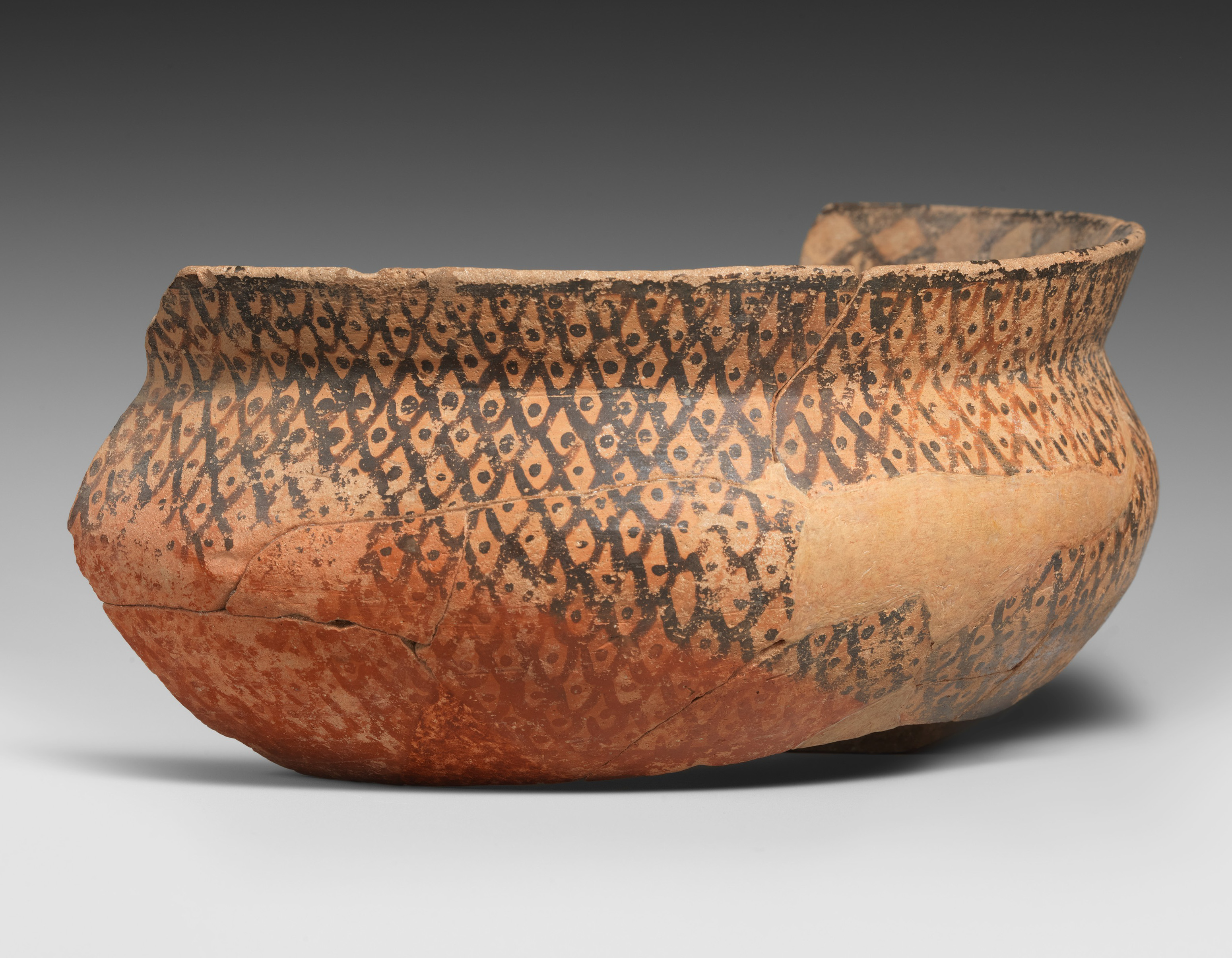
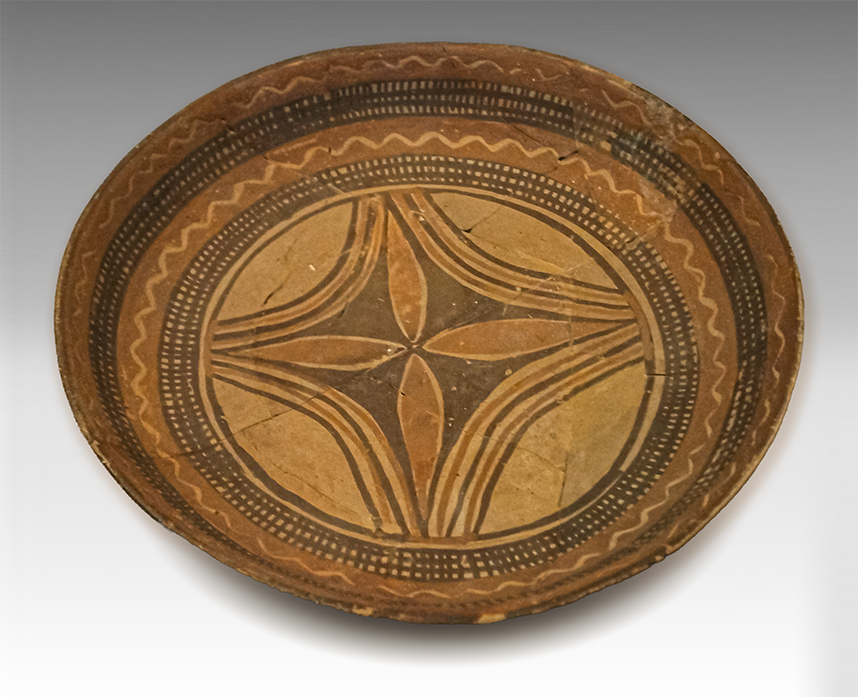
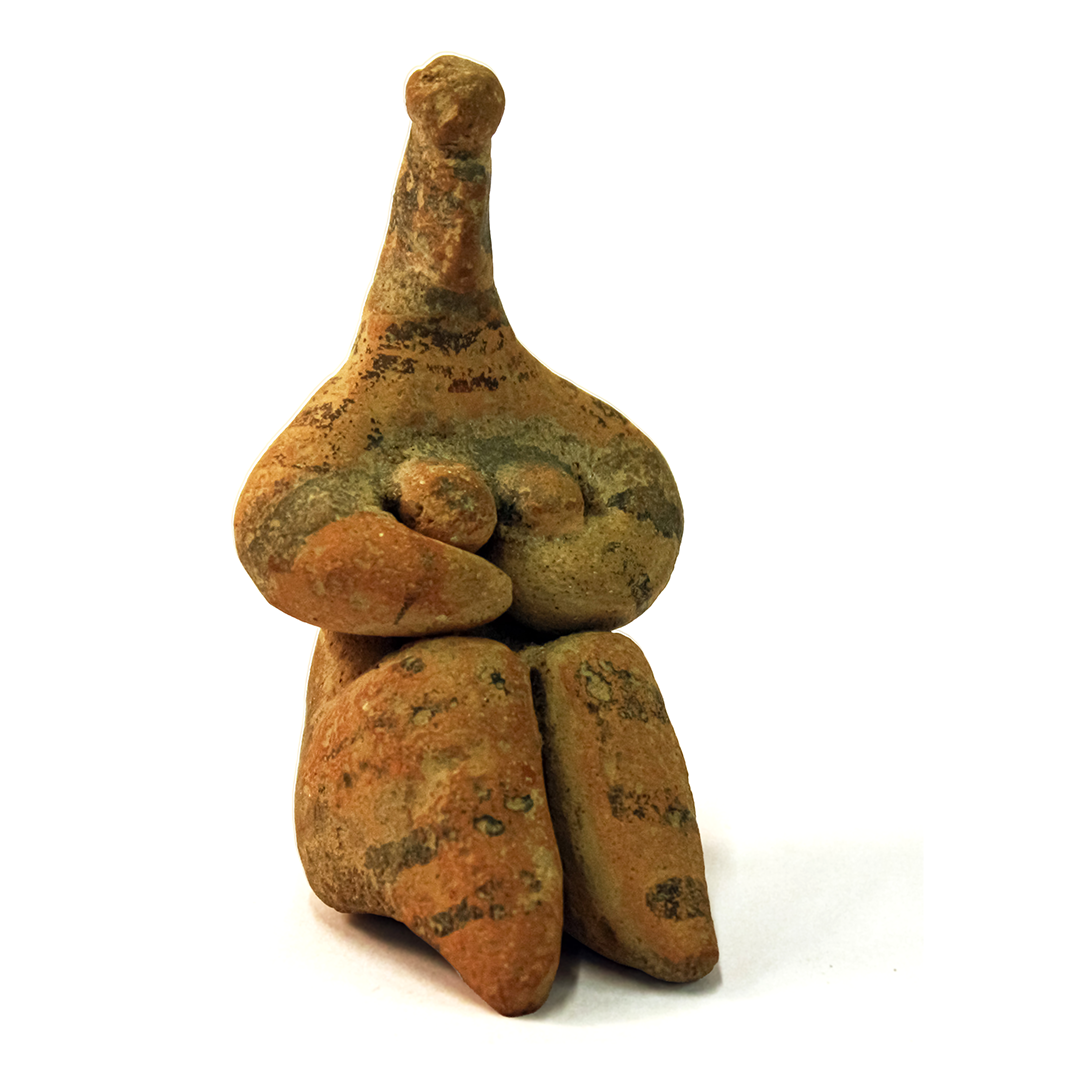
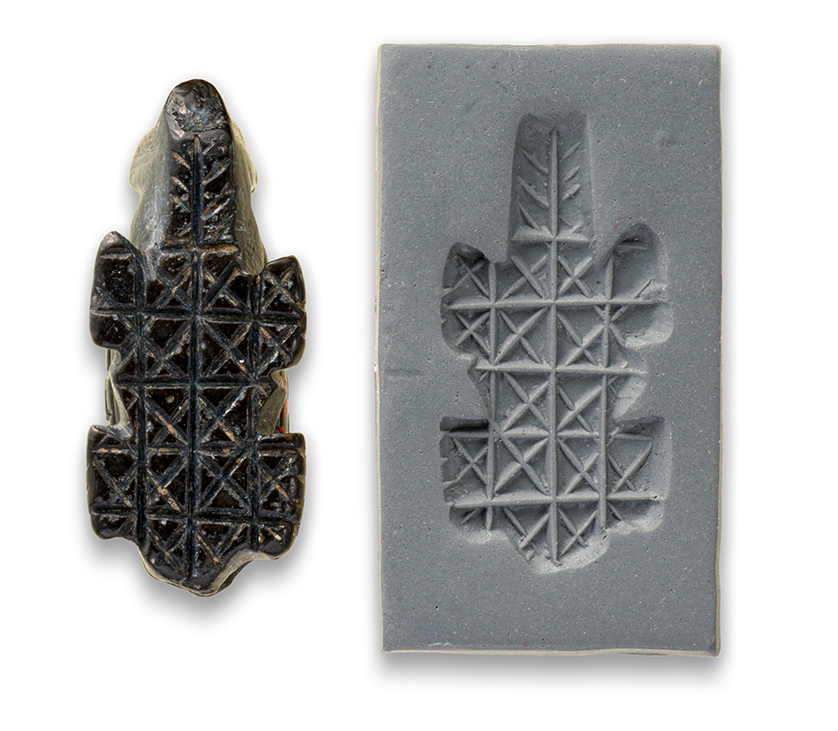
Group activity: interpreting objects
Watch the video to see examples of Halaf period objects and hear how they have been interpreted.
Read the summary of the Halaf period with related artefacts on the Metropolitan Museum of Art website.
Write short notes on the use and meaning in village life of the following objects and share your ideas in the Mesopotamia forum.
Optional activity: Interpreting the spread of culture
Look at this map showing the distribution of Halaf pottery (in brown).
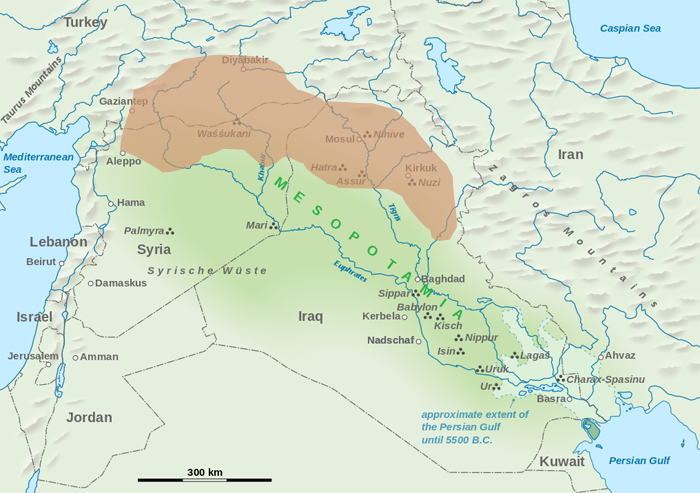
By Goran Tek-en CC-BY-SA-3.0, via Wikimedia Commons
- What might have been the important factors that encouraged the spread of this pottery style (as well as other features of the Halaf culture) over such a wide area?
Highlight the possibilities in the Mesopotamia forum if you wish.